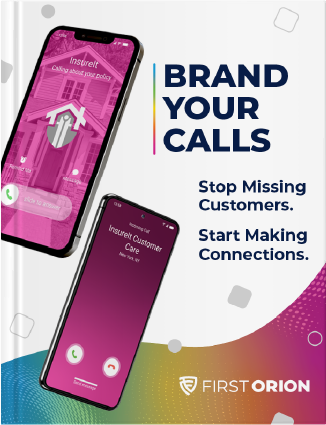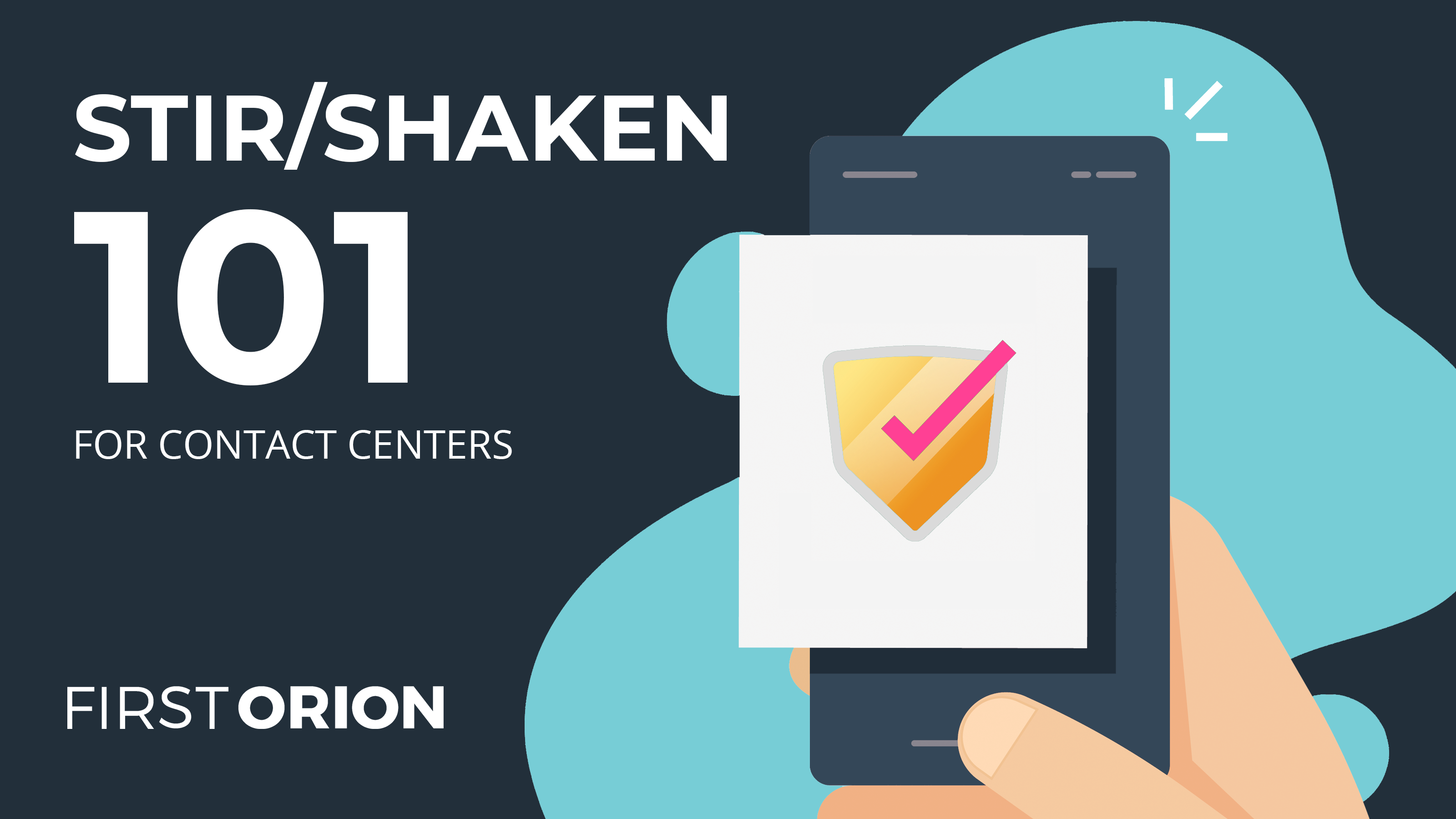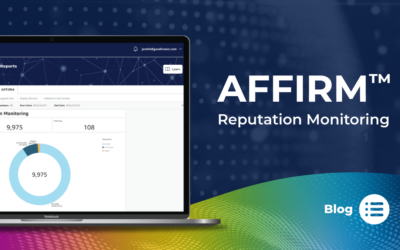With the looming STIR/SHAKEN deadline on the horizon, businesses, carriers, and contact centers are all looking to get their operations in order. Now that the Federal Communications Commission (FCC) has announced they plan to penalize those not in compliance (or actively pursuing the changes necessary), you might be wondering – is my contact center ready for June 30?
What is STIR/SHAKEN anyway?
To put it simply – it’s complicated. Over the past few years, robocalls and scammers have eroded consumer trust in phone calls. In fact, in a survey we conducted in 2020, over 95% of respondents said they had received a phone call they believed to be a scam. Consumers reportedly lost $463 MILLION to scam calls in 2020, and these calls cost legitimate businesses billions each year in the US alone. Both businesses and consumers have asked for help with these calls, leading the FCC to create the Robocall Task Force. That Task Force created STIR (Secure Telephony Identity Revisited) and SHAKEN (Secure Handling of Asserted information using toKENs), a call authentication framework that helps carriers determine if calls are coming from verified numbers. S/S will be the new technical standard for determining the origin of any call, so bad actors like scammers and spammers can be more quickly located.
STIR refers to what happens on the consumer side – based on how the carrier signs the call, it will either go through as approved or be blocked completely. SHAKEN is on the carrier side – it authenticates the origination of the call with the ability to trace it back to where it started. When STIR/SHAKEN combine, every outbound phone number is given a level of trustworthiness (or attestation, if you’re into technical terms).
How will STIR/SHAKEN affect contact centers?
While the carriers are responsible for identifying and delivering these calls, contact centers that aren’t prepared for S/S standards may impact business contact rates. Outbound calls placed without being digitally signed as trustworthy by the carriers are at risk for not getting through to customers. Contact centers that don’t adapt their practices to comply with STIR/SHAKEN could see consumer trust in their brand suffer, along with lower contact rates and reduced customer and client satisfaction.
What can contact centers expect?
The deadline for STIR/SHAKEN standards is rapidly approaching – June 30, 2021 – and the FCC plans to penalize those who aren’t in compliance. The good news is that the authentication process is simple, and call centers that are already taking appropriate calling measures according to the FCC and Do Not Call List guidelines will be able to adapt quickly. Here’s what to expect over the next few months:
- Most major carriers are already delivering calls under SHAKEN authentication, so there’s nothing to do on your end there. There’s currently no way to verify how your calls are being assigned (A rating is the highest attestation), but once S/S is fully implemented, this could change.
- Some smaller and rural carriers are still working on implementing, and the FCC has given them an extension based on special exceptions. They still have to show progress in their efforts towards compliance.
- As of April 20, the FCC requires that all voice service providers certify in the Robocall Mitigation Database that they have fully implemented S/S or have a program to do so to ensure they are not originating illegal robocalls. You can view the database to find an active listing of all providers that have submitted sufficient certifications.
- Beginning September 29, 2021, intermediate providers and terminating voice service providers will be prohibited from accepting traffic from voice service providers not listed in the RMD. You can read more about that deadline here.
- Want to dive deeper into STIR/SHAKEN? Here’s a little light reading directly from the FCC.




